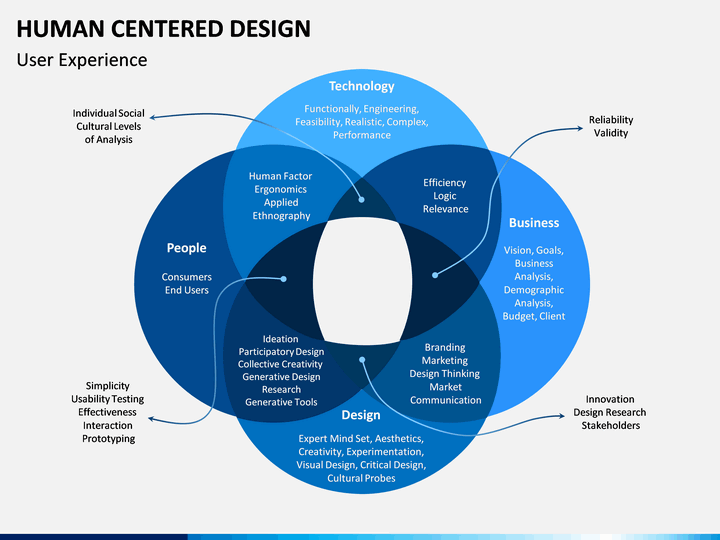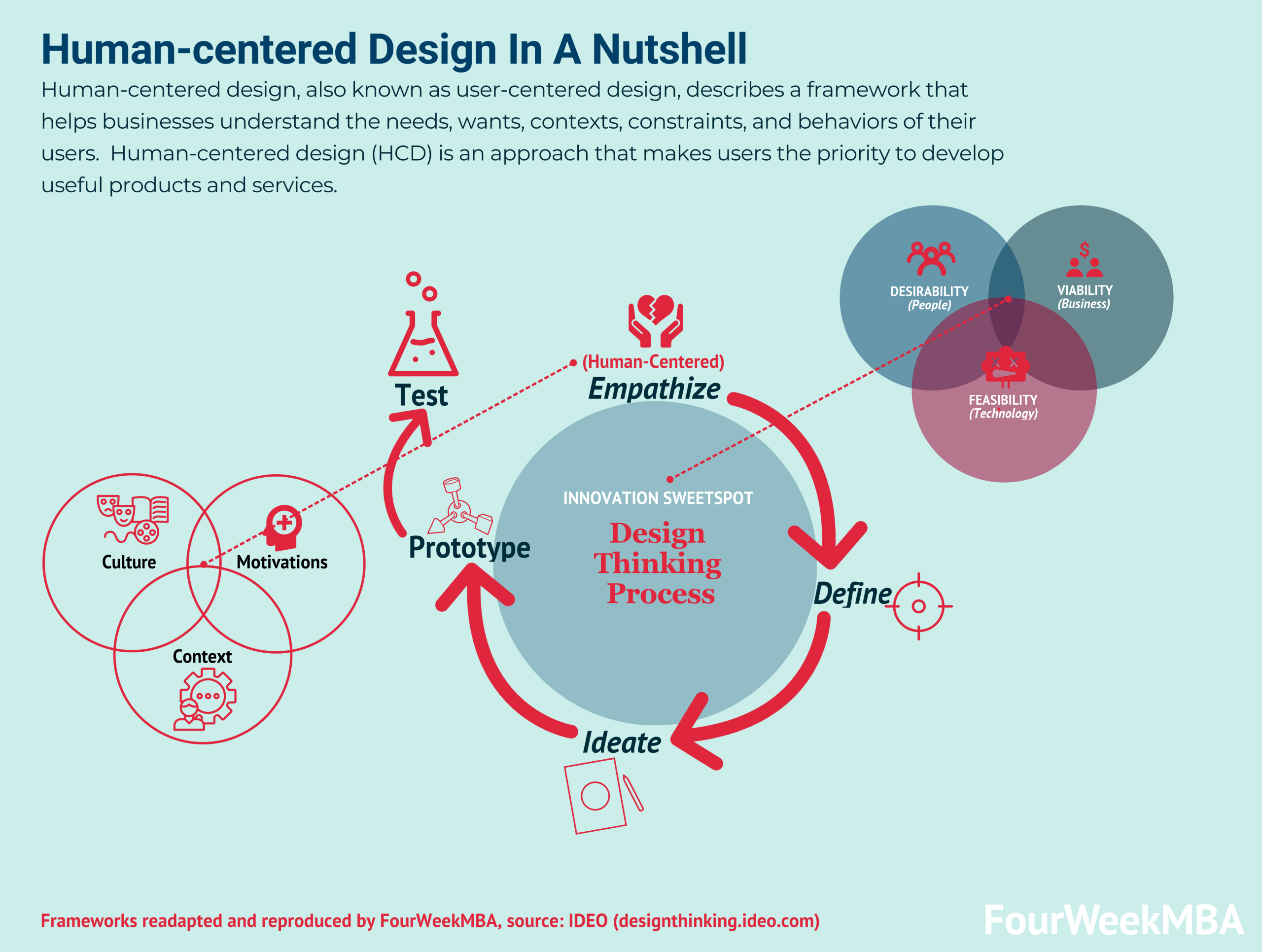Table Of Content

It involves putting your users’ needs and pain points above all other factors in creating your software. HCD is a popular methodology that finds expression in various fields, including product design, software development, and user experience (UX) design. Implementing human-centered design in your SaaS improves the user experience, boosts adoption, and reduces churn. Human-centered design (HCD) is a design approach that focuses on understanding and prioritizing the end user’s needs, preferences, and behaviors throughout the design process.
Understanding the basics
The process of empathy and understanding can be facilitated through generative research methods, such as interviews, immersion, or guided tours. At its core, human-centered design looks at the way people engage and interact with the world to design effective solutions. Without that context, you risk misalignment, poor solutions, and rising costs as the design process continues to spiral. By leveraging this design and problem-solving approach, you can reach better outcomes and improve collaboration.
Ignite Innovation With Your IdeaScale Community!
The designers of fitness trackers recognized people’s difficulties in tracking and maintaining exercise goals and devised a long-term solution. Overall, a good design has a crucial impact on your products and business performance. That’s why you should focus on improving your designs and making them more human-centered. A thorough audience analysis will also help you significantly save your budget.
Connecting UX and HCD
This site, designed by Pixelida, is a warm, welcoming community hub that serves as a meeting place for healthcare professionals, expectant parents, and the broader Black community in Tulsa. To get to the root cause — which Don says is often an issue with the person’s environment, poor task design, or a misunderstanding of key contextual factors — he recommends asking “Why? Human-centered design extends the principles of user-centered design to encompass a more holistic view of the user, going beyond their interaction with a product or website. CareerFoundry is an online school for people looking to switch to a rewarding career in tech.

The Beginner’s Guide to Usability Testing [+ Sample Questions]
The Tesla Model S, for instance, embodies HCD principles by prioritizing user experience and sustainability. Its sleek design, intuitive interface, and emphasis on cutting-edge technology make driving an electric vehicle not only environmentally friendly but also enjoyable and convenient. Tesla continuously refines its designs based on user feedback, incorporating features like over-the-air software updates, autopilot, and advanced safety features to enhance the driving experience. Human-centered design is vital because it ensures that we create solutions tailored to human needs, cultures, and societies.
When to Use User-Centered Design for Public Policy - Stanford Social Innovation Review
When to Use User-Centered Design for Public Policy.
Posted: Wed, 15 May 2019 07:00:00 GMT [source]
What’s needed, Simon suggests, are collaborative solutions that take into account the nuances of human behavior. HCD does this by prioritizing the understanding of human behavior and the problem at hand, empathizing with the affected group and creating innovative products and systems that can be adapted as their needs change. Netflix’s design approach shows how carefully it thought about the viewer’s experience first and foremost and took steps to simplify and streamline the act of watching TV every day.
As for its UX design, Trello has a compact interface and does not contain additional features. Adding features that serve no purpose only complicates the user experience and interaction with the tool. Before designing a solution, take time to understand the context in which it is being used. By doing research and having conversations with people who will potentially use it, you can gain insight into their lives, habits, desires, and concerns. This can help inform your design decisions and ensure they stay true to the mission.
Try it out with an experience diagram
The goal of this approach is to better user experience and bridge the gap between users and products. Therefore, whether your role requires you to design products or pitch ideas in business meetings, it’s essential that you know the process of human-centered design. By putting your target audience at the center and forefront of your innovative process, you’re ensuring each product you create is a true solution to your customer’s needs. The design team then works to change features, improve problems, and refine the product until it is aligned with the testing audience. This first phase involves substantial market research into your customer's wants and needs.
The rising consumer culture fueled the need for everyday product designs that provided conveniences and worked well for people. Emerging trends in human-centered design are transforming how designers engage in solving problems for an increasingly diverse population. Every design decision has the potential to include or exclude customers. Inclusivity involves making a product or service accessible to populations who are physically or mentally impaired.
The iPhone revolutionized the smartphone industry by focusing on user experience, simplicity, and intuitive design. Apple’s design team used empathetic research to understand user needs and behaviors, resulting in a device that seamlessly integrates hardware and software to provide a delightful user experience. We believe that the information provided in this article will help you better understand the concept of human-centered design and how it works in our daily lives. Amazingly, the design that makes our lives easier is mostly human-centered designs.
After gathering insights from the empathize phase, the next step is to synthesize the data and define the core problems and needs of the users. Are you ready to create appealing and fresh designs that represent your brand? Apply our foundational visual design principles and leave coding behind. The website interactions crafted by the Ukrainian design team Studiopresto are playful and positive.
No comments:
Post a Comment